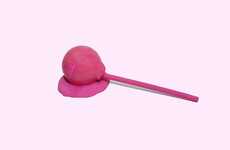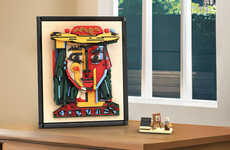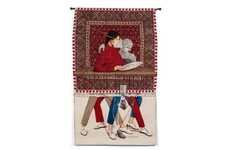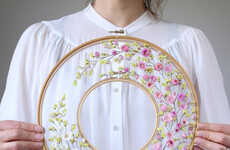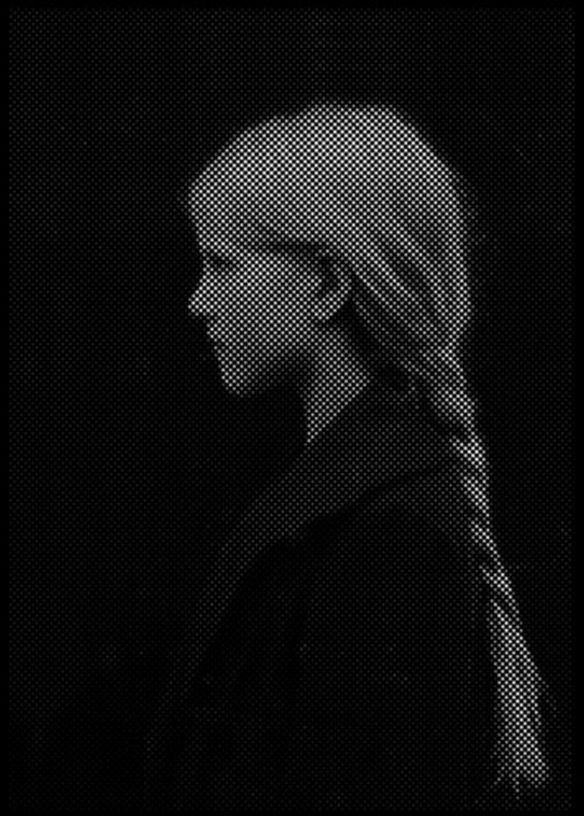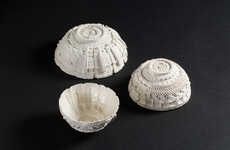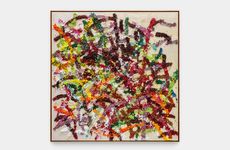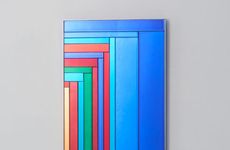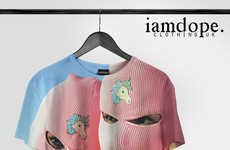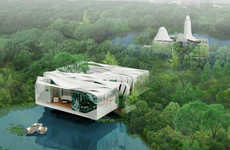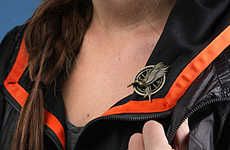
Anne-Karin Furunes' Monochromatic Portraits Feature Thousands of Holes
Vasiliki Marapas — November 13, 2014 — Art & Design
References: barryfriedmanltd & mymodernmet
Anna-Karin Furunes' monochromatic portraits might look like photographs upon first glance, but they are actually made by puncturing tiny holes into a painted canvas, creating a stunning, hyperrealistic effect. This is a technique that the Norwegian artist has been honing for several decades, beginning during her time at the Art Academy of Trondheim.
The holes have an incredible impact on how light interacts with each piece, altering how it looks to viewer depending on the surrounding level of brightness.
Moreover, the perforated portraits appear to exist in-between different time periods. For instance, the dark, moody look of the images might suggest that they belong to the Victorian era, while the punctuated spaces also simultaneously resembles digital pixelation.
The holes have an incredible impact on how light interacts with each piece, altering how it looks to viewer depending on the surrounding level of brightness.
Moreover, the perforated portraits appear to exist in-between different time periods. For instance, the dark, moody look of the images might suggest that they belong to the Victorian era, while the punctuated spaces also simultaneously resembles digital pixelation.
Trend Themes
1. Hyperrealistic Perforated Art - The use of tiny holes to create hyperrealistic portraits opens up opportunities for innovative techniques in the art world.
2. Dynamic Light Interactions - Exploring the impact of light on perforated artwork can lead to new ways of manipulating and enhancing visual experiences.
3. Blending Time Periods in Art - Creating artwork that combines elements from different eras through perforation techniques presents an avenue for disruptive and unique artistic expressions.
Industry Implications
1. Visual Arts - The visual arts industry can explore the use of perforation techniques to create innovative and visually captivating artwork.
2. Digital Imaging - The digital imaging industry can incorporate the concept of perforated portraits to create new digital effects and filters for photography and graphic design.
3. Interior Design - Perforated artwork can be integrated into interior design to create visually dynamic and immersive spaces, sparking potential innovation in the industry.
2.2
Score
Popularity
Activity
Freshness

